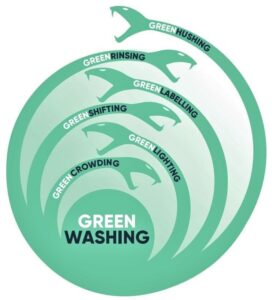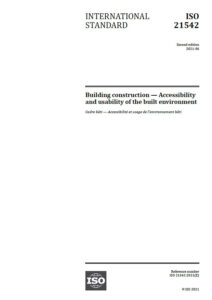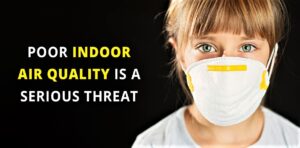2023-08-21: In an earlier Post here, dated 2022-12-19, I presented a Road Map for Sustainable Fire Engineering (#SFE) … which finished on an Urgent Call to Action targeting three specific, fundamental aspects of a Creative Fire Engineering which is capable of answering the challenges of our Complex Built Environment in the 21st Century … under severe threats from Global Climate Disruption, Climate Synergies leading to near-term Climate Tipping Points … and a startling lack of Global Resilience, refer to the CoVID-19 Pandemic, and Supply Chain Chaos initiated by an old-fashioned Cold War I Warrior in Washington’s White House.
-
-
- Mainstreaming a Transformed Fire Engineering
- Ethical Practice of Fire Research and Science
- Reliability of Fire Statistics …
-
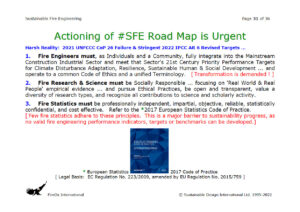
.
From Any Point Of View … the Final Report of ‘EU FIRESTAT’, a project financed by the European Parliament and commissioned by European Commission Directorate-General DG GROW, is a white elephant … a plodding hippopotamus … a retrograde step … a bitter disappointment !!! Completed in July 2022, it comes nowhere near outlining a viable system for the development of urgently needed Harmonized European Fire Statistics … which must be managed and co-ordinated by #Eurostat, in Luxembourg.
The #FIRESTAT Objectives were extremely limited …
‘ The review proceeds from the assumption that fire incident data can serve a number of important purposes – helping to reduce fires and losses, identifying opportunities for safety interventions and education programs, guiding the allocation of public resources to areas of greatest need and impact, and monitoring progress of safety initiatives.’
Nowhere, in this Report, is there any reference to Sustainable Human and Social Development. Where there are references to ‘sustainability’, these are specifically concerning the long-term financial resourcing of statistical systems.
And nowhere is there even the faintest understanding that Fire Engineering has an essential and critical role in the realization of a Safe, Resilient & Sustainable Built Environment For ALL. Fire Engineering Performance Indicators, Targets and Benchmarks must be developed to facilitate that realization ; and Reliable Fire Statistics are their starting point and basic ingredient.
[ The European Standards Organization (#CEN) has a Webpage dedicated to its part in reaching the Sustainable Development Goals (#SDG’s) at … https://www.cencenelec.eu/european-standardization/sustainable-development-goals-sdgs/ ]
The Report’s Executive Summary (in English, French, and German) covers the limited range of the Project pretty well … and it is almost easy to read. The ‘great and the good’ of Conventional Fire Engineering, both organizations and individuals, were involved in this Project …
.
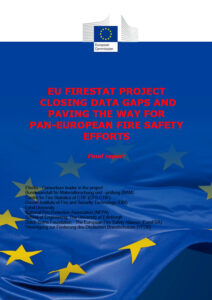
EU ‘FIRESTAT’ – Closing Data Gaps & Paving The Way For Pan-European Fire Safety Efforts
(Download PDF File, 128 Pages, 2.56 MB)
.
The Final Report’s Boxed Recommendation 3, on Page 8, lists 8 Variables / Statistics to be collected as a Tier 1 / 1st Priority across Europe, from Ireland all the way down to Türkiye :
- Number of Fatalities ;
- Number of Injuries ;
- Age of Fatalities ;
- Primary Causal Factor ;
- Type of Building ;
- Incident Location ;
- Incident Date ;
- Incident Time.
So, for instance … the only Fire Statistic related to the Human Condition of Fatalities and Injured which would have been gathered after the 2017 Grenfell Tower Fire in #London was … Age of Fatalities … which, in the context of what actually happened on that tragic night and knowing the very large numbers of People with Activity Limitations (2001 WHO ICF) and other Vulnerable Building Users who died, or were injured, in the fire … is a very serious error, and entirely ridiculous !!??!! FUBAR !!
Essential Variable / Statistic Correction: Age, Gender and Vulnerability of Victims (whether Fatality or Injured). This is critical information and, whatever the resource implications, must be collected.
And if that wasn’t bad enough … this cack-handed approach to the development of Harmonized European Fire Statistics opens up the probability of another Morán with a computer, after a similar fire incident, again showing that a similar High-Rise Residential Tower could be evacuated down a single, narrow, badly designed staircase in 7 minutes. Say no more !!!
.

.
Concerning Incident Date … the Consortium appears to be completely unaware that the European Standard Short Format Date is … Year-Month-Day (YYYY-MM-DD) !! See 4.2.2. in the Final Report. Sloppy, Sloppy, Sloppy.
Generally concerning Tier 1 Statistics … where is there any serious consideration of the deep and substantial Green / Environmental / Climate Disruption Mitigation and Adaptation Measures being imposed on the Design and Operation of New and Existing Buildings … which are already causing serious fire safety problems ??? See many previous Posts on this Technical Blog.
.
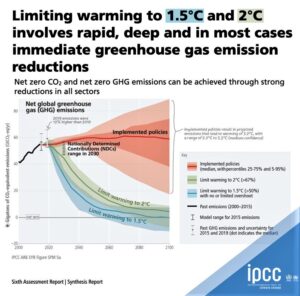
.
The Final Report’s Boxed Recommendation 3, on Pages 8 & 9, goes on to list 6 Extra Variables / Statistics to be collected as a Tier 2 / 2nd Priority across Europe, from Portugal all the way up to Finland :
- Number of Floors ;
- Area of Origin ;
- Heat Source ;
- Item First Ignited ;
- Articles Contributing to Fire Development ;
- Fire Safety Measures Present.
Concerning Fire Safety Measures Present … my patience is at an end ! I am heartily sick and tired of pointing out that there is no such thing as a ‘Fire Door’ ; it does not exist !! It is ALWAYS a Fire Resisting Doorset !!! See 4.4.3.
.
This EU ‘FIRESTAT’ Report properly belongs to the Twilight Zone of the last Century … and in today’s Recycling Bin !
.
And Even More Worrying …
.
Concerted Resistance to answering the Fire Safety Needs of Vulnerable Building Users ;
The mistaken view that ‘Sustainability’ is merely a graft-on / optional extra to Conventional Fire Engineering ;
Constraining Building Fire Safety Performance within the boundaries of Current Fire Codes ;
.
Is the EU ‘FIRESTAT’ Final Report another disturbing sign of the growing Trend towards #GREENWASHING in International Fire Engineering ?
.
.
END
#Twitter … @sfe2016dublin …
#RoadMap #SustainableFireEngineering #Reality #Reliability #Redundancy #Resilience #SustainableDevelopment #SDG #SustainableBuildings #GrenfellTowerFire #ClimateDisruption #ClimateSynergies #ClimateTippingPoints #Cities #FireCodes #Architecture #FireEngineering #SpatialPlanning #DesignTools #BIM #BeyondCodes #Ethics #CodeOfEthics #EthicalDesign #DefenceInDepth #FireSafety4ALL #VulnerableBuildingUsers #Firefighters #FFsafety #Creativity #Sustainability #SIA #SustainabilityImpactAssessment #SocialTransformation #SocialWellbeing4ALL #FireStatistics #PerformanceIndicators #Benchmarking #PerformanceTargeting #FireResearch #Green #Environmental #GreenWashing #ClimateAdaptation #GHG
